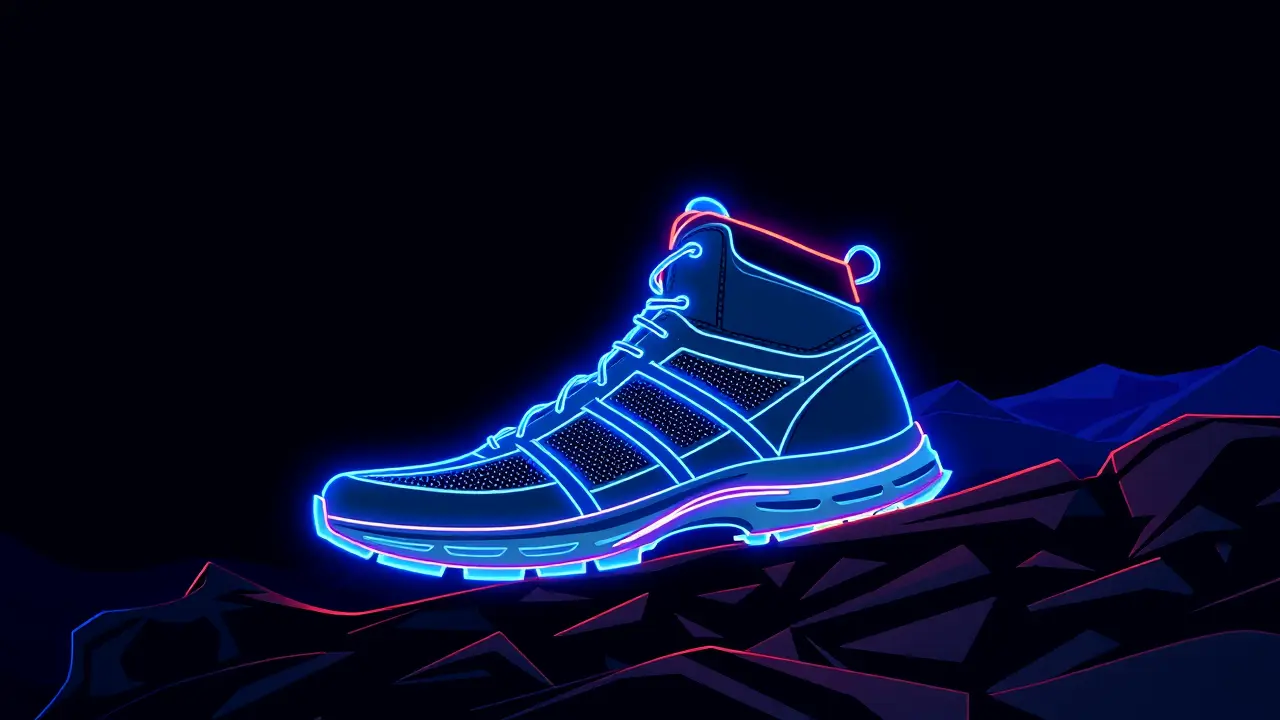Should You Hike in Boots or Trail Runners?
The age-old debate of boots versus trail runners on the hiking path is far more than a simple gear choice; it’s a question that strikes at the very heart of why we venture into the wild, pitting the timeless virtues of unwavering support against the liberating promise of speed and connection. For generations, the heavy, leather hiking boot was the undisputed king of the trail, a symbol of rugged preparedness passed down like a rite of passage.Its stiff, ankle-hugging silhouette promised protection from treacherous roots and jagged rocks, a fortress for your feet that instilled a sense of invincibility on long, grueling treks with a heavy pack. I’ve seen it in the eyes of seasoned thru-hikers, that deep-seated trust in a foundation that feels as solid as the mountain itself, a connection forged through countless miles and unpredictable weather.But then came the revolution, a quiet storm born on the dusty paths of ultrarunning, where every ounce matters and the very concept of weight is the enemy of progress. Trail runners exploded onto the scene not just as shoes, but as a philosophy—a belief that agility and a direct, intimate feel for the trail beneath your feet could trump brute-force protection.This isn't just about footwear; it's about a fundamental shift in how we engage with the outdoors. The modern trail runner is a marvel of engineering, utilizing breathable meshes, sticky rubber compounds that grip like gecko feet on wet granite, and sophisticated rock plates that dissipate impact without the punishing rigidity of old.They are the embodiment of efficiency, allowing a quicker, more natural gait that can transform a twenty-mile day from a grueling slog into an exhilarating dance with the landscape. I remember a conversation with an elite mountain runner who told me that switching to trail runners was like 'taking the shackles off,' that the immediate feedback from the ground made her feel more like a partner with the trail than a conqueror of it.Yet, to dismiss boots as relics is to ignore their profound, irreplaceable role. On a multi-day expedition into the high alpine, with a forty-pound pack laden with a tent, food, and a bear canister, the security of a stiff, supportive boot is not a preference but a necessity.The strain on your ankles and Achilles from uneven, shifting weight is a real and present danger, and the robust construction of a good boot acts as a vital exoskeleton, preventing the debilitating twists and sprains that can turn a dream trip into a rescue mission. It’s the difference between confidence and caution when navigating a boulder field or a steep, scree-laden descent.The choice, therefore, is a deeply personal calculus of terrain, load, and your own physical narrative. Are you a fast-and-light enthusiast chasing sunrises on well-maintained local paths, or a burdened explorer heading into the remote, technical backcountry? There is no single right answer, only the right tool for the journey you’ve chosen to undertake.It’s a decision that mirrors the very challenges we face in life: the balance between the security of the known and the thrilling, unburdened freedom of the new. So, as you lace up for your next adventure, ask yourself not just what you’re walking on, but what you’re carrying, both in your pack and in your spirit. The path to the summit is paved with intention, and every step you take is a testament to the balance you choose to strike.
JA
Jamie Wilson123k32 minutes ago
wait so i just bought heavy boots for nothing tbh idk what to think now
0
